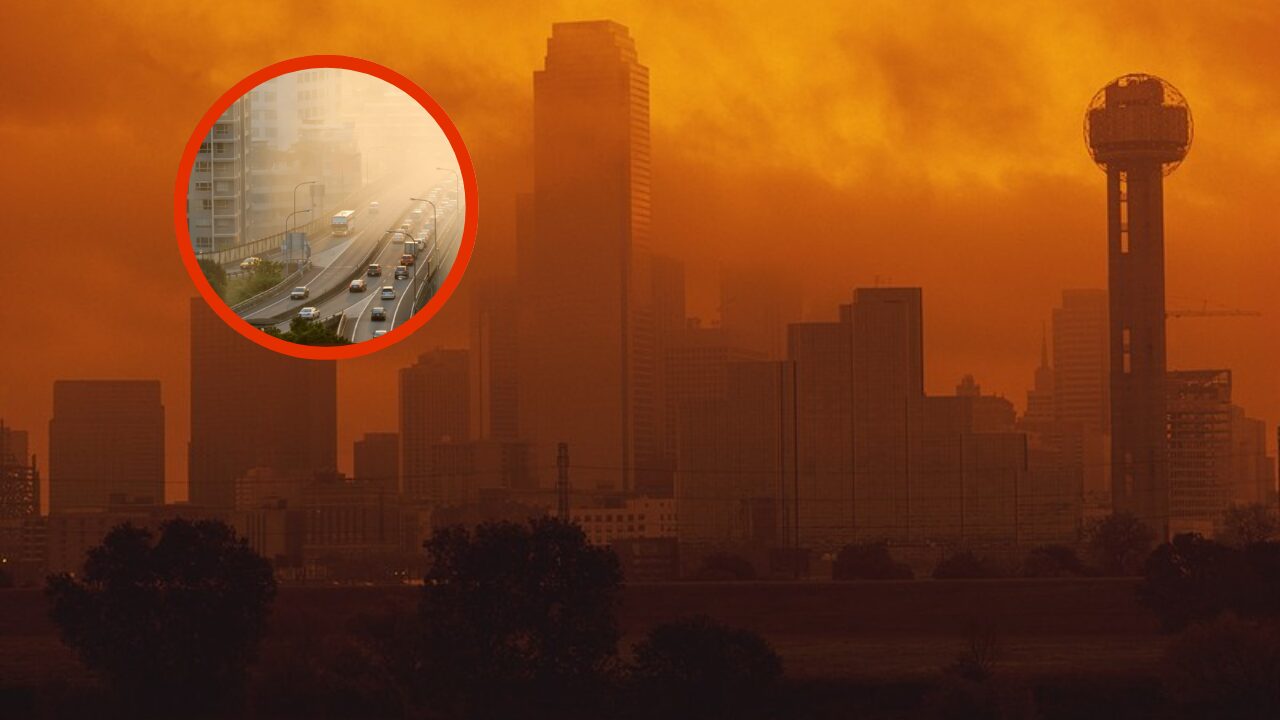
High Levels of Air Pollutants in West Dallas Are Making Residents Sick
Linda Bates, born and raised in West Dallas, knows the toll of chronic illness. She, her family, and her neighbors face various health issues, from cancers to cognitive disabilities and respiratory diseases. Splitting headaches occur daily, and some illnesses have even proven fatal.
She wasn’t surprised by a recent survey tracking air quality in the industry-heavy Singleton corridor or by the lengthy list of ailments linked to long-term exposure to air pollutants.
Texas A&M University researchers, community members, and Downwinders at Risk, a local environmental advocacy group, conducted the survey. They aimed to study the impact of a GAF shingle factory on public health. A similar study in the Joppa neighborhood in southeast Dallas last year revealed significant health concerns. However, the results in West Dallas, bordered by highways, railroad tracks, and the GAF factory, showed even worse conditions.
Thirty-eight percent of the corridor’s 227 households responded to the survey. Thirty-four percent reported that at least one household member had asthma. In Joppa, 18% of residents experienced asthma. The average asthma diagnosis rate across DFW is 7%.
Like Bates, 84% of the residents surveyed believe the air in West Dallas is making them and their families sick. Caleb Roberts, executive director of Downwinders at Risk, emphasized that the pollution levels released by GAF factories in west and southeast Dallas harm communities of color.
The survey measured air pollution by levels of particulate matter, either size 10 or size 2.5 particles. The study focused on the smaller size, 2.5. These minute particles, caused by combustion, are small enough to bypass facial masks and enter the bloodstream.
Researchers noted that the levels of PM 2.5 recorded in the Singleton corridor place the neighborhood in the bottom 3% nationwide for exposure. This contributes to overwhelming levels of cancer diagnoses and respiratory illnesses in the community.
The community’s ongoing health struggles underscore the urgent need to address industrial pollution and its devastating impact on public health.












